Mk1 Golf – Who Needs a GTi?
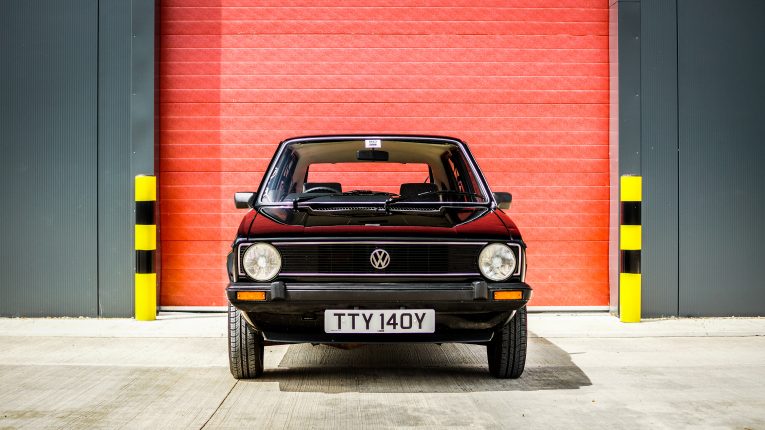
The Mk1 Volkswagen Golf is a deeply important car. We have a perception of Volkswagen today, we see it as being a premium brand, one to aspire to. We see the cars as cool, crisp and cutting-edge. The reality, however, is that if it wasn’t for the humble Golf of 1974, none of what we know today would have happened, because back in the 1960s, Volkswagen was in trouble. Big, big trouble.
The Beetle has been a huge success for Volkswagen, both on German soil and overseas. There was something about that little car that seemed to attract buyers of all kinds. It was practical, it was frugal and it was fun. However, as the years rolled by, it also became old. Other than some visual changes, the Beetle remained largely the same throughout its entire production run.

By the 1960s, the Beetle was officially old hat. Yes, it had a dedicated following, but it wasn’t enough to support the 220,000 strong workforce that Volkswagen had built up. The rivals like Ford and Opel were building new cars at an impressive rate, and their respective ranges were varied and flexible to the needs of the customer. Volkswagen simply couldn’t keep up with the Beetle as its main offering. To put it in numbers, Volkswagen filed profits of DM300,000,000 in ’66. By ’71, it was down to DM12,000,000. And the bad news didn’t end there. In ’72, a damning book was published, titled “Small–on safety: the designed-in dangers of the Volkswagen” which served to slam the Beetle. Volkswagen was in trouble.
During all this, VW and Porsche had been working in the background on myriad prototypes to hopefully replace the Beetle. Some had moderate success and saw production. We now know one of them as the Type 3. A good little car, but not one with the mass appeal of the Beetle.
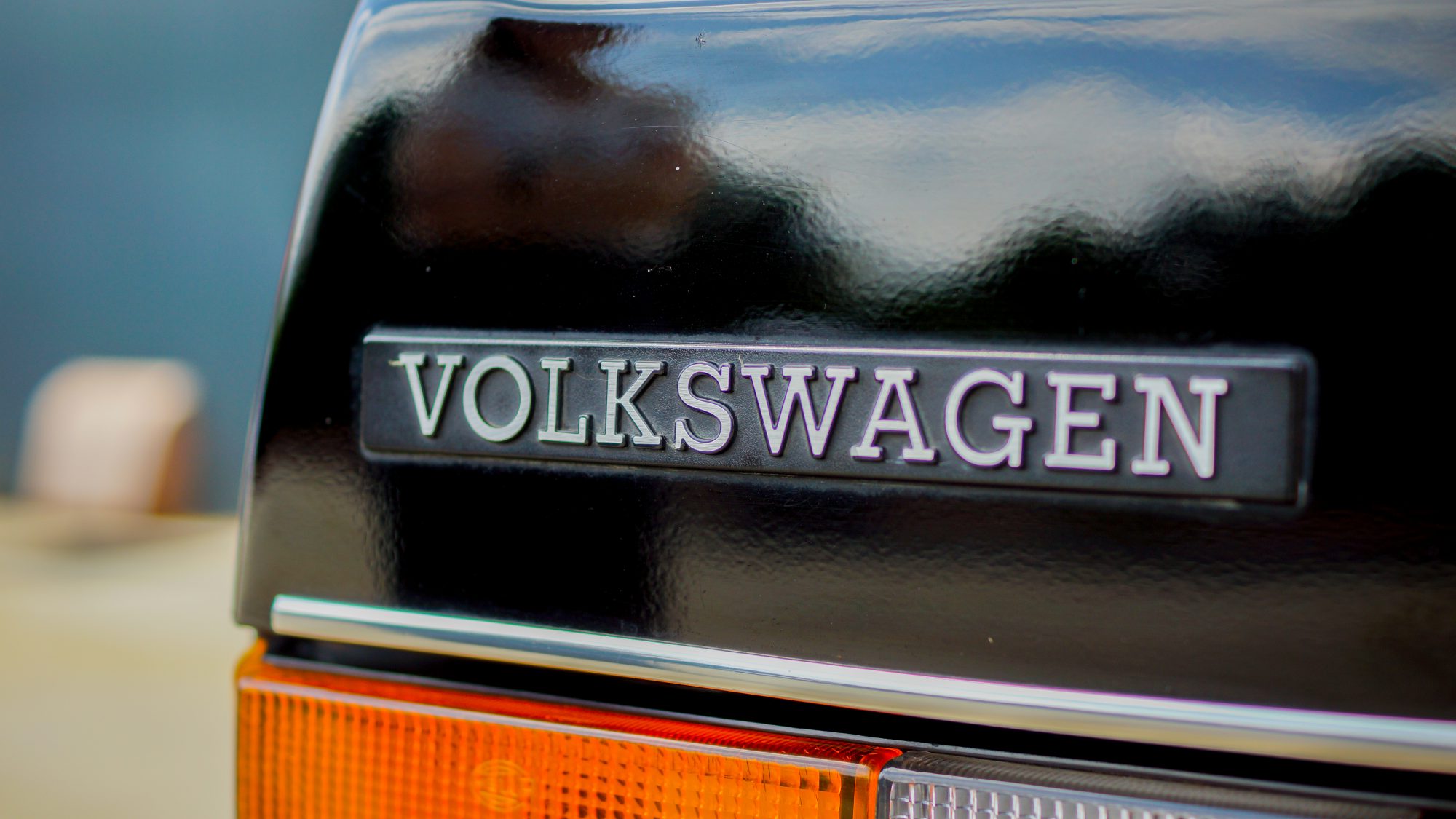
A change in management brought a new outlook. Pretty much all the prototyping work and associated research and development was stopped, a line was drawn under it and the company started afresh. And it was during that fresh start that Volkswagen bosses noticed something – the cars that appealed to them, the cars they saw scope in, be they on the road or at motor shows, were almost all styled by Giorgietto Giugiaro. So, Volkswagen called him in, told him the rough dimensions of what they wanted, gave him a pencil and sent him on his way. Long story short, he penned the Mk1 Golf, or Project EA337 as it was known in its early days.
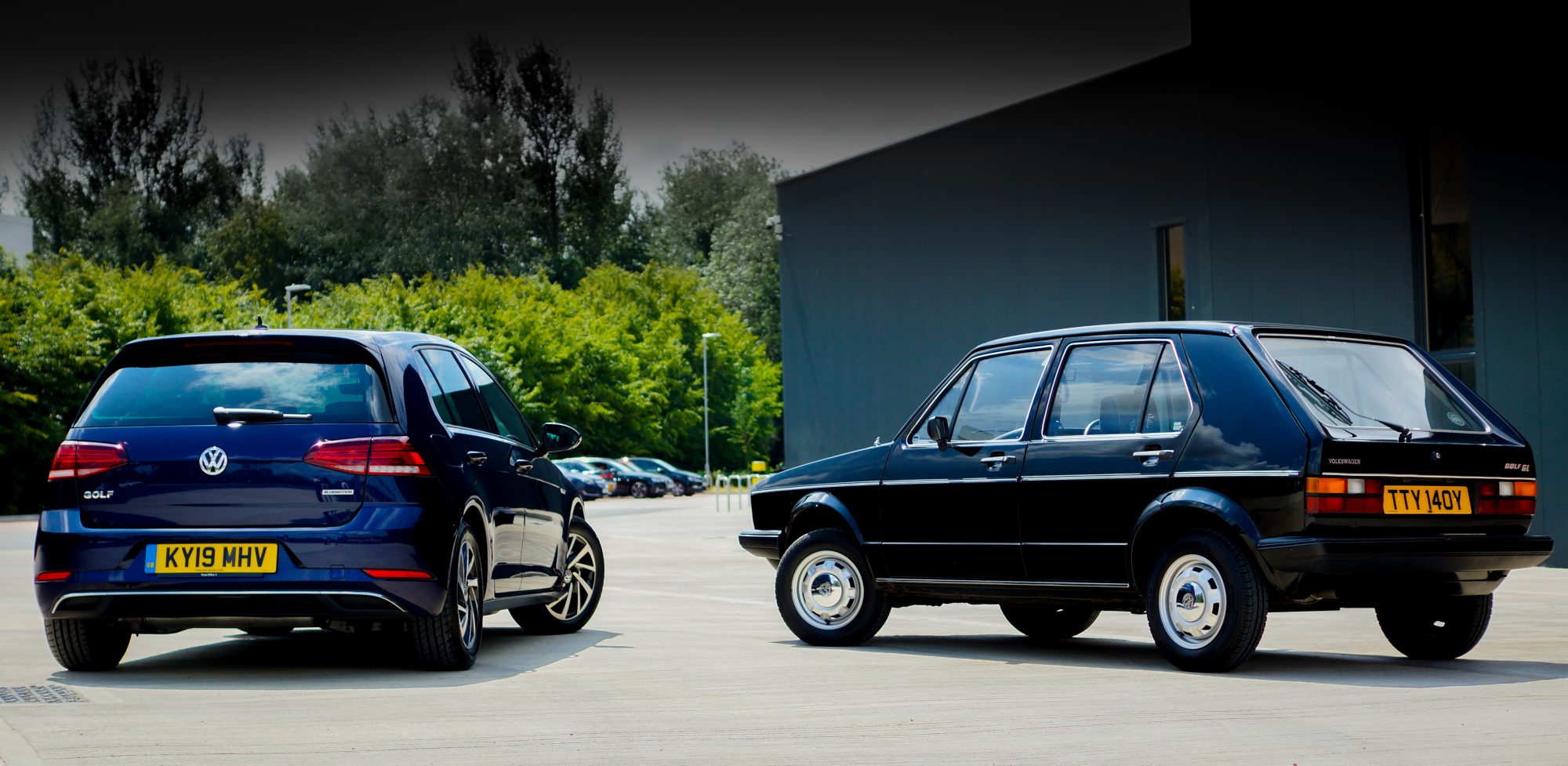
It was clever, it was chiselled and handsome, it was more modern thanks to the switch to a front-mounted, water-cooled engine and it was incredibly practical thanks to being available in three or five-door specification. Giugiaro, who had also penned the Passat that would go into production a year earlier than the Golf, along with the Mk1 Scirocco designed concurrently with the Golf, had hit the nail on the head.
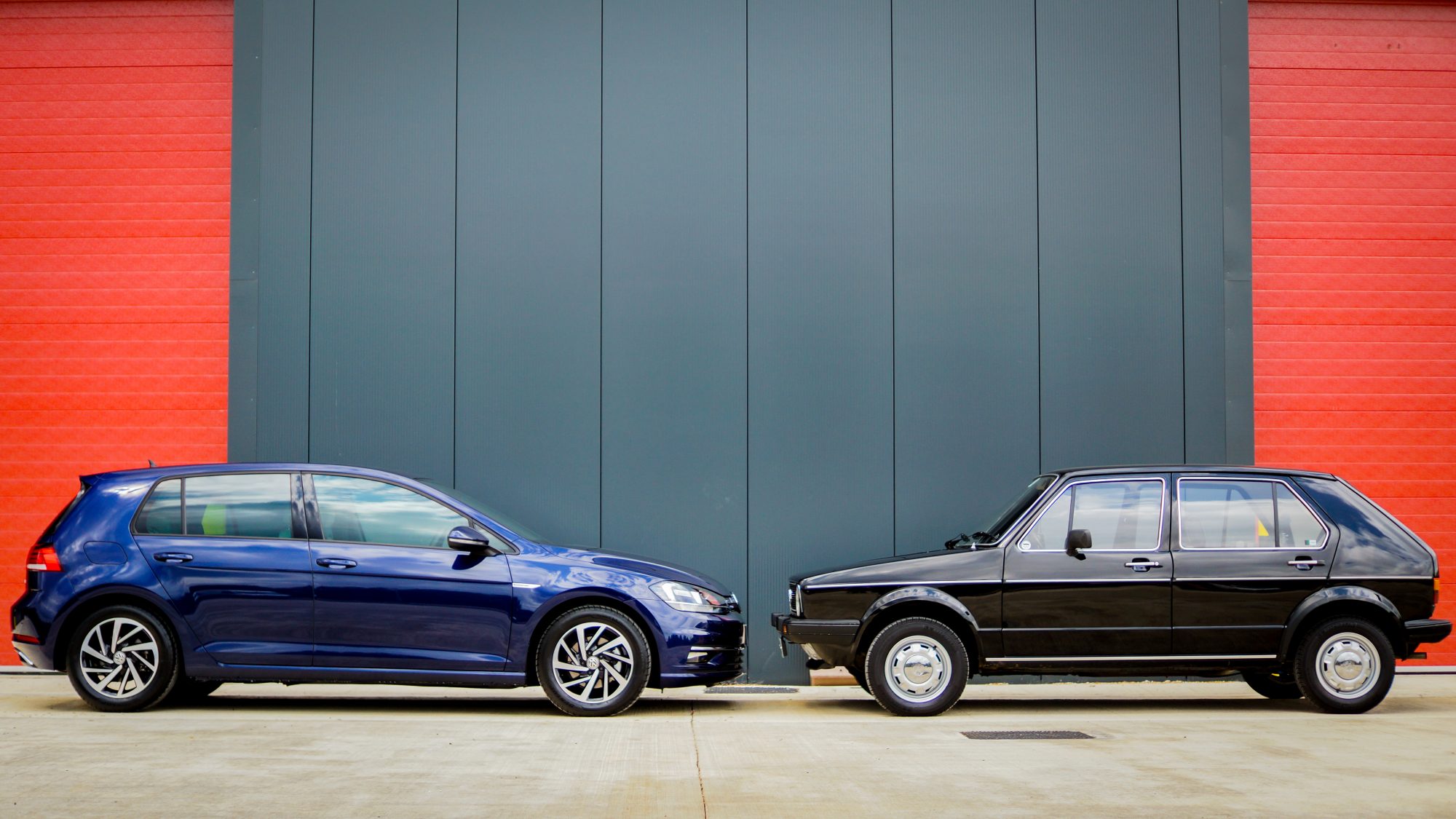
The Golf, surprisingly, wasn’t the instant sales hit people like to think it was. When it came to UK shores in 1974 it was the fourteenth best-selling car, with 19,000 sold. However, it was enough. And what’s more is the fact it consistently sold well, and that’s what Volkswagen needed – stability. In 1983, it was the same car, but again, it was fourteenth on the charts with 25,000 sold. In terms of playing the long game, the Mk1 Golf was a winner. And if we delve deeper into the Golf range and look at models like the GTi, the Golf was a huge niche success, and with it, it shaped hot hatch culture as we would come to know it. The Golf GTi was hot hatch genesis in many respects.
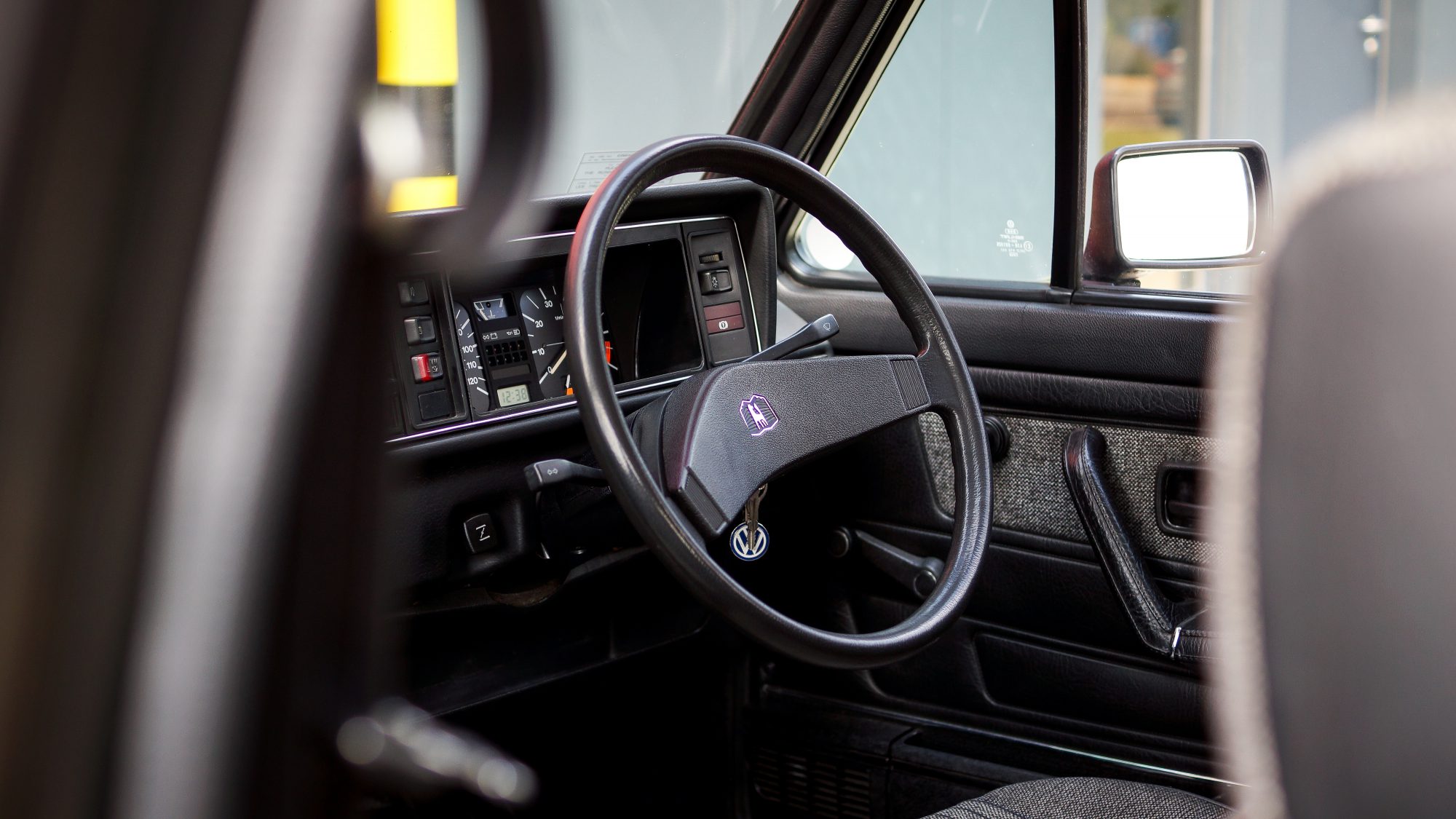
But there was more to the Golf’s long-term success than the GTi, which is what brings us to the car you can see here. It belongs to Alex Fisk, Audi UK’s Digital PR Manager and it is not, as you’ve no doubt clocked by now, a GTi. However, it’s just as special. Especially to Alex.
This particular Golf is probably somewhat rarer than a GTi, given that it’s a GL. This was as far up the grade tiers as you could go before jumping into GTi specification. In many respects, the GL was equivalent to the GTi, but for buyers that wanted comfort and luxury rather than low suspension and red stripes. Though that’s not why Alex got his GL. In fact, he ended up with it almost completely by accident.

This GL arrived before Alex could even drive. He was given the green light to acquire a car that he could tinker with and one day learn to drive in. The plan was to buy something that needed a bit of love, do the work, and then he’d have a machine at his disposal, the very moment the driving examiner employed the ‘pass’ stamp. Being a young man, Alex had dreams of something with college cool points, something like a Polo or some such. It wasn’t to be though.
While looking around the local salvage yards and body shops, Alex and his father stumbled on the car you see here. A 1982-built (1983 registered) 1.5 Golf GL. Resplendent in rare black, Alex’s father fell in love with it. Alex himself wasn’t so keen, but that didn’t matter. Fisk Snr had already negotiated the car, with delivery, for a mere £140.
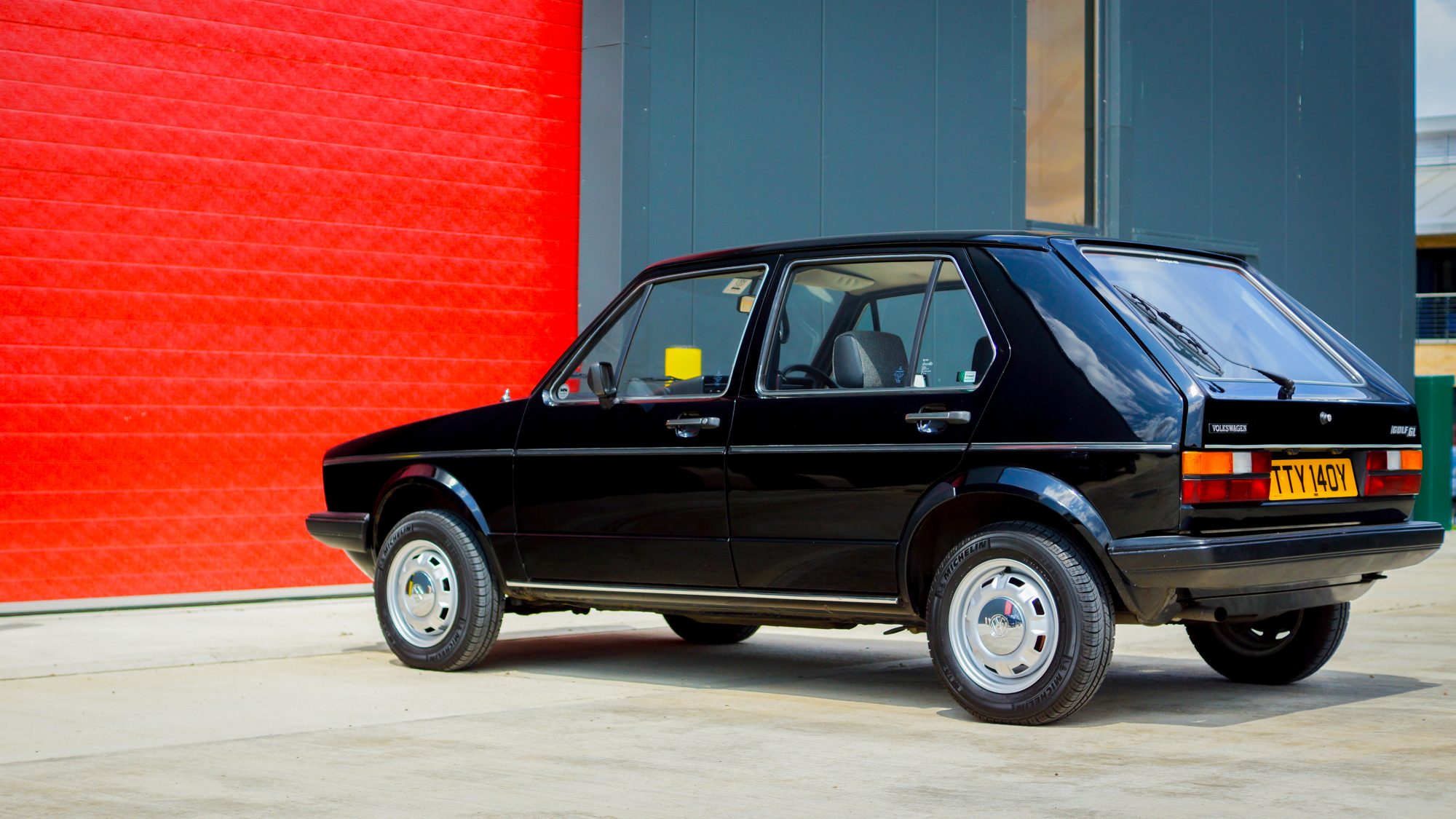
It was only when the car arrived at home that Alex started to fall for its charms. At £140, it needed a bit of minor recommissioning but nothing major – a service, a damn thorough clean, that kind of thing. And in doing that work, all that is good about the humble Golf began to rub off. Figuratively, not literally. This is a solid car.
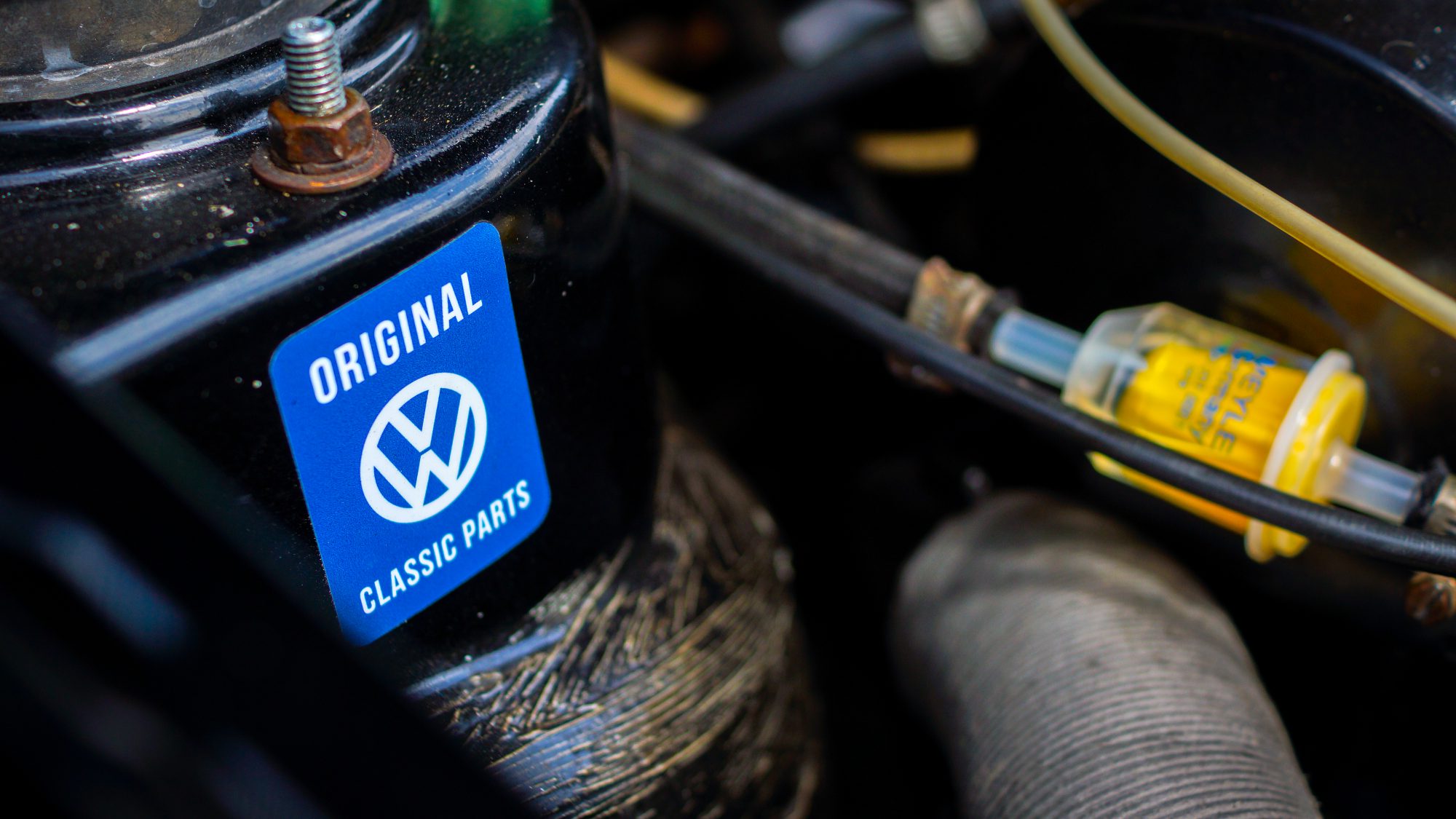
Then, when Alex passed his test, the car fell into daily use and the love developed even more. That’s what old cars do, they get under your skin and you fall head over heels for them. And in the case of this Golf, it was easy to do. It never let Alex down in a catastrophic way. The only considerable issue has been with the, surprise, surprise, Peirburg carb, which has been changed for a Weber. Other than that, the Golf took Alex to university, it took him on adventures, on dates, on holidays, it’s been there throughout. And when Alex didn’t need it, it fell back to his father who would happily run around in the GL to keep things ticking over nicely.

The true charm of this car, for us, is not only its dependability, but also its ruggedness. The car you’re looking at has been cared for, it’s had a tiny bit of metalwork done on the lower flanks, but other than that, this is a survivor car. It’s not a restored show queen. This car is a testament to just how right Volkswagen got it with the Mk1 Golf. Yes, we’re on the seventh generation now, and as you can see, things have moved on. But the essence is still there. There’s just something about a Golf. You can be proud of it without being snobby. And you don’t need a GTi. Sometimes it’s good to step back from all that glitz, in fact.

Alex’s job with Audi brings with it a company motor, which means the Golf’s days are now more relaxed. However, the car is still in his blood, it’s still used at any given opportunity. There are plenty of days that the company Audi is left on the drive at home in favour of the Golf. It might not have been the instant global success that the Beetle was, in fact it was a slow burn success really, but it was a slow burn that worked, because if you ask Alex, the Mk1 Golf is an incredibly special little car, GTi or not.


